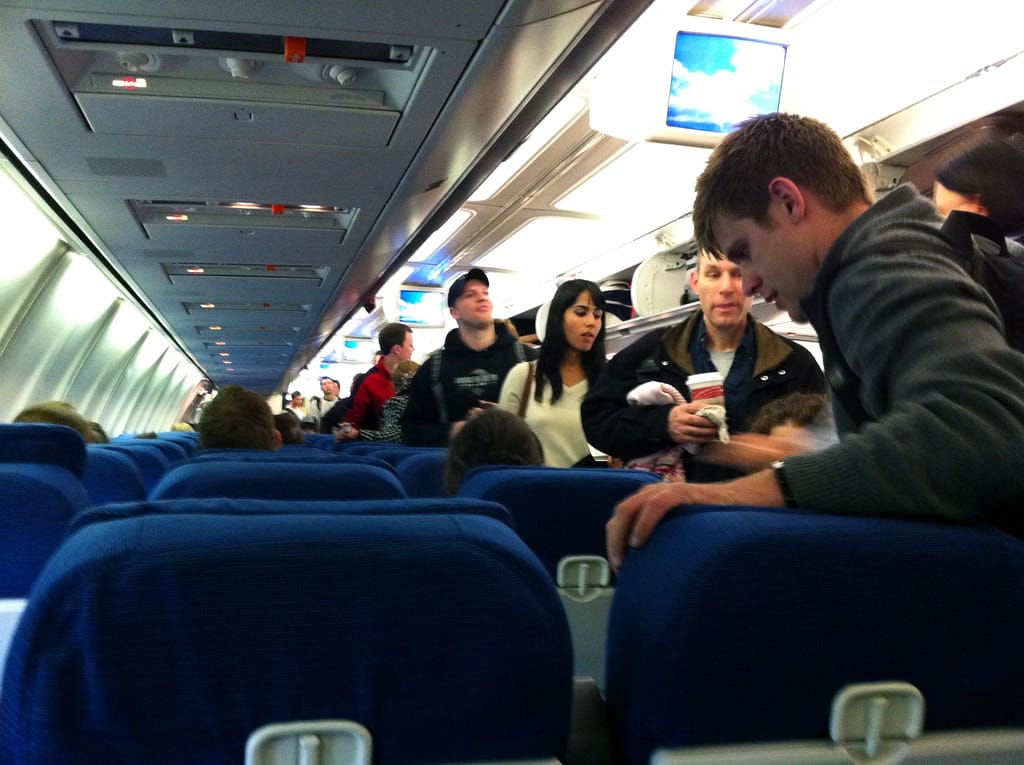When 'Window Seats' Have No Windows: Passengers Take Airlines to Court Over Deceptive Seating
Flying has become increasingly frustrating for passengers, but now travelers are pushing back against airlines in court over one particularly misleading practice: selling "window seats" that don't actually have windows. Multiple lawsuits against major carriers Delta and United are highlighting a growing consumer protection issue that could reshape how airlines market their seating options.
The Problem: Paying Extra for a View That Doesn't Exist
The controversy centers around aircraft seats positioned where windows should be, but due to structural design elements like emergency exits, wing configurations, or fuselage construction, passengers find themselves staring at blank walls instead of clouds and landscapes. These seats are still labeled and sold as "window seats" at premium prices, often commanding $20-50 more than middle or aisle seats.
Recent legal filings reveal that passengers have paid millions in aggregate fees for these misrepresented seats across thousands of flights. The lawsuits argue that airlines engage in deceptive business practices by failing to clearly indicate which window seats actually provide views.
Airlines Under Fire: Delta and United Face Class Action Suits
Two separate class-action lawsuits filed in federal court target Delta Air Lines and United Airlines specifically. The Delta case, filed in the Northern District of Georgia, represents passengers who purchased window seats on various aircraft models including the Boeing 737 and Airbus A320 series, only to discover their seats were positioned at structural gaps in the fuselage.
The United lawsuit, pending in Illinois federal court, focuses on similar issues across the carrier's domestic fleet. Plaintiffs argue that the airline's seat selection interface shows generic aircraft diagrams that don't accurately represent the actual window placement on specific planes.
"Airlines are essentially selling passengers a product they cannot deliver," said consumer rights attorney Jennifer Walsh, who represents plaintiffs in the Delta case. "If you're charging a premium for a window seat, that seat should have a window."
Industry-Wide Implications
The issue extends beyond just Delta and United. Industry analysis shows that approximately 3-5% of all designated window seats on commercial aircraft lack actual windows, affecting millions of passengers annually. This translates to an estimated $40-60 million in additional revenue that airlines collect each year for these misrepresented seats.
Modern aircraft design increasingly incorporates structural elements that interrupt the traditional window pattern. Emergency exit rows, wing boxes, and reinforced sections often result in windowless zones, but airlines' booking systems frequently don't account for these variations when displaying seat maps.
What Airlines Are Saying
Both Delta and United have declined to comment specifically on pending litigation, but industry representatives argue that aircraft configurations can vary and that passengers should understand that seat maps are approximations. The Airlines for America trade group maintains that carriers provide detailed aircraft information online and that savvy travelers can research specific plane configurations before booking.
However, consumer advocates point out that expecting passengers to cross-reference seat maps with detailed aircraft schematics places an unreasonable burden on travelers, especially when airlines are actively marketing these seats as premium "window" options.
The Regulatory Landscape
The Federal Aviation Administration (FAA) doesn't currently regulate how airlines market their seating, leaving enforcement to consumer protection agencies and the courts. The Department of Transportation has indicated it's monitoring the situation but hasn't announced any formal rule-making proceedings.
Several European countries have implemented stricter guidelines requiring airlines to clearly indicate when window seats lack windows, suggesting potential regulatory solutions that could influence U.S. policy.
What This Means for Travelers
For now, passengers booking flights should exercise extra caution when selecting premium window seats. Several online resources, including SeatGuru and individual airline seat maps, provide detailed aircraft layouts showing actual window positions. Travelers can also contact airlines directly to confirm whether specific seats include windows.
The outcome of these lawsuits could force airlines to either clearly identify windowless seats in their booking systems or price them the same as middle seats. Either resolution would represent a victory for consumer transparency in an industry where passengers increasingly feel nickel-and-dimed.
As air travel continues to recover and evolve, this legal challenge represents a broader push for airline accountability. Whether through court decisions or regulatory action, the days of paying premium prices for windowless "window seats" may finally be coming to an end.
